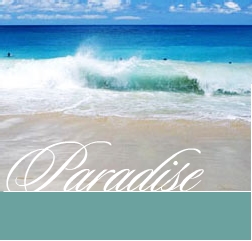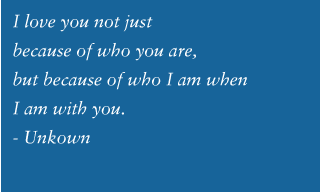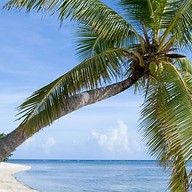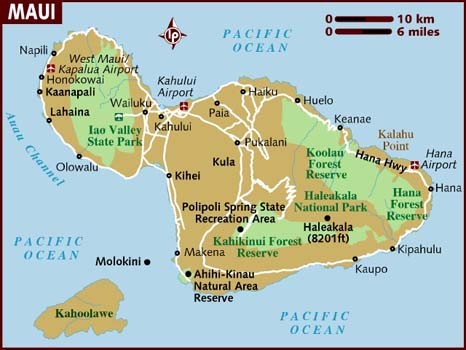Getting around in Maui can be accomplished in a variety of ways. One of the most popular methods of transportation for tourists is renting a car. Car rentals in Maui are not overly expensive and are definitely less expensive than hiring a taxi every time a new part of the island is in a tourist’s exploration plans. There are about 25 rental car companies on the Island, which is why rates are so reasonable – they all must compete for business.
There is a public transportation bus system that runs on Maui, but it may not be the best option for visitors traveling with small children. The public transportation system is quite extensive and most fares range between $1 and $3 per ride. However, a few of the routes are free. Bus schedules are available in hotels and they are also posted on the Maui County website.
For anyone wanting to feel the wind in their hair, motorcycles, mopeds and scooters are also available for rental. Using one of these vehicles to traverse the Island is a unique way to see the sights. Most of the motorcycles, mopeds and scooters available can be rented either by the hour, by the day, or by the week.
Taxis are always available, but expensive. For a quick trip to the mall or any other tourist area, however, the cost is not overwhelming.
Taxis and Rental Cars
Just like most cities in the United States and around the world which see a large number of tourists throughout the year, Maui has several car rental and taxi services available 24 hours a day, seven days a week. There are also a variety of different shuttle services that offer transportation directly from the airport to any of the hotels located on the island. Maui also boasts the worlds first rental car company offering cars powered by vegetable oil, aka biodiesel!
As bonus for families traveling with young children, many of the local car rental companies offer special incentives for renters such as the ability to have two approved drivers per car (instead of the usual one), and car seats and booster seats for children at no extra charge.
The car rental companies in Maui obtain their income from tourists, so they do everything possible to make sure their customers have everything they need for a safe and comfortable visit. Many of the companies offer free maps and guides of the island as well as restaurant and shopping information.
One of the more enjoyable (but more expensive and less practical) rentals is a Jeep Wrangler. This option is good if you are a single or couple OR are based in one area and won't have to drag large amounts of luggage around; also not good if you have strollers, golf clubs, etc. that you would have to jam in with children. If these parameters work, an open-top jeep is ideal for tooling about, especially on the road to Hana and similar journeys. Hawaii Drive-O is a good place to find better deals than the rental companies offer (though you end up with a major company). One should shop an on-line aggregator like Expedia to get an idea of the "regular" cost and then ask this resource for a quote.
The taxi services in Maui are available to bring tourists to and from the airport to their hotel or resort, from a hotel and resort to shopping areas and restaurants, and many of them are also available “for-hire” if a private tour of the island is desired.
Public Transportation
Public transportation in Maui provides service to the most popular areas of the island. There are ten major routes which travel to the central, south, west, Haiku and upcountry areas of Maui. Busses run seven days a week including holidays. Currently, the public bus system in Maui runs two routes with pick up or drop off of passengers at the airport for those heading to Haiku or upcountry. The fare is $1.00 per boarding. There are also three routes that are free to passengers, those being the Kahului, Wailuku Loops and the Lahaina Village Route. Residents of the island may purchase monthly bus passes, which offer a significant savings off pay-per-ride fares.
In addition to the bus system within the main part of Maui , there is also a rural shuttle service available which usually runs three times a week. There are also two inter-island ferry services which are privately operated. They travel between Maui and Lana’i and Maui and Moloka’i.
Schedules and more information about all of these transportation systems is located on the Maui County ’s Department of Transportation website.







